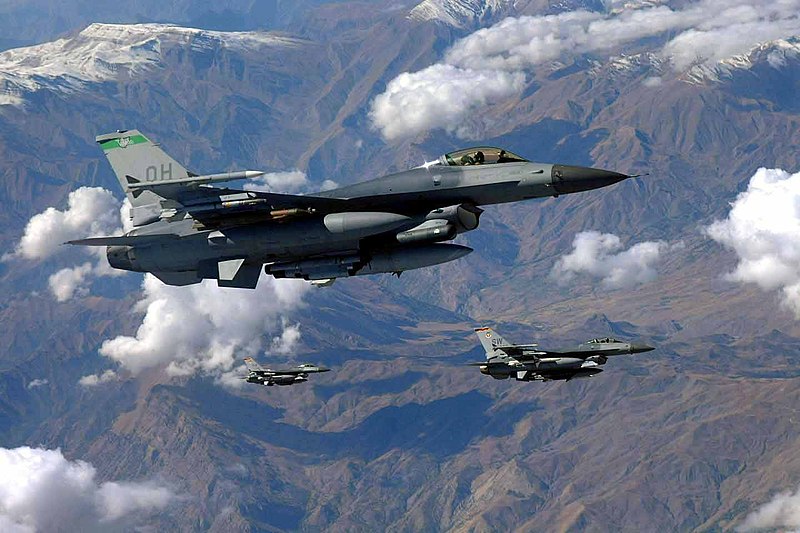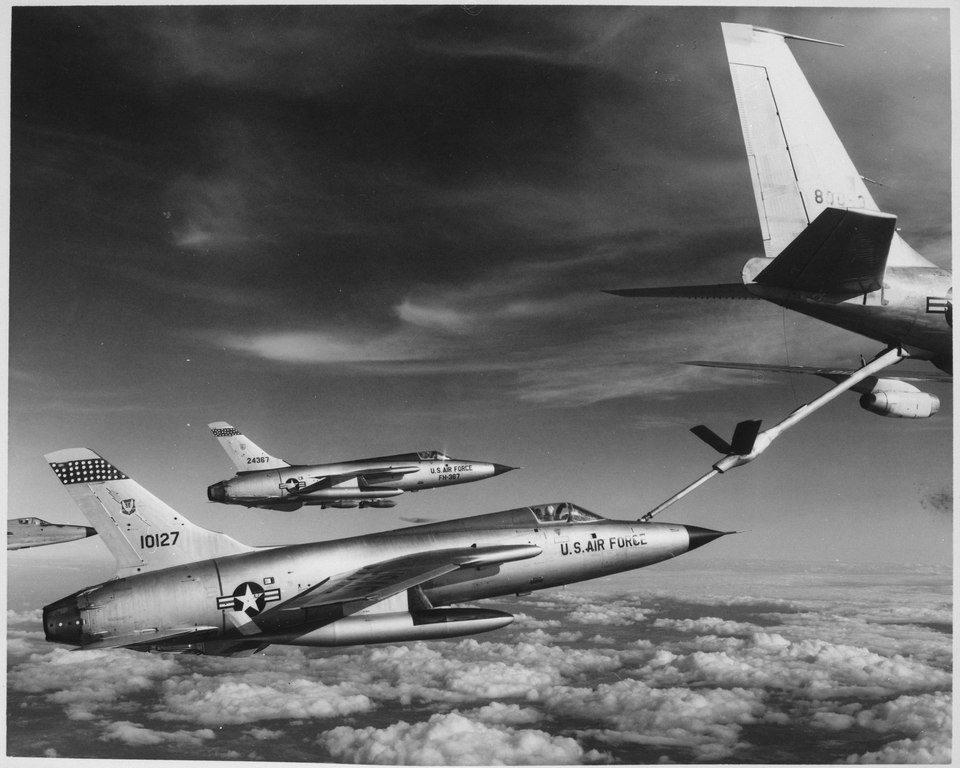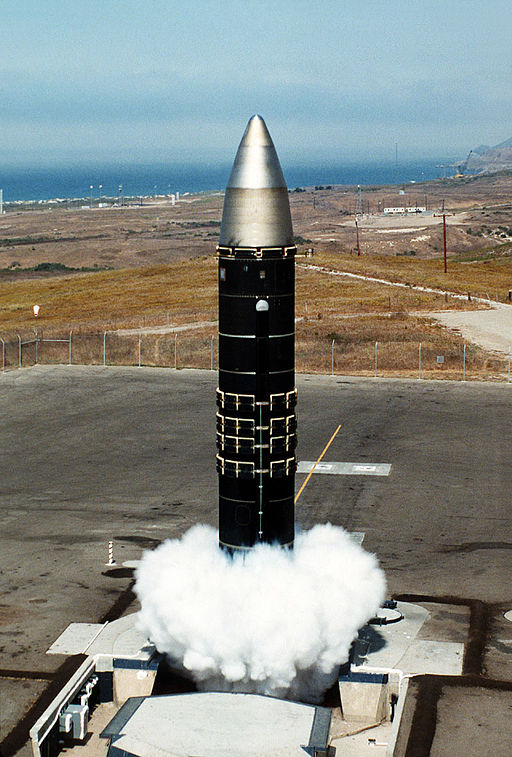In the annals of aviation history, the F-16 Fighting Falcon commands a special place, noted for its technical finesse and combat prowess. This single-engine supersonic multirole fighter aircraft has been a mainstay in the arsenals of air forces around the world, exhibiting a stellar combination of innovation and engineering brilliance. Let’s navigate through the complex blueprints of this magnificent aircraft to unearth some of its lesser-known engineering marvels, designed to evoke wonder and admiration from aviation engineers globally.
1. Fly-by-Wire Flight Control System: The Pioneer
The F-16 was the first production fighter aircraft to incorporate a fly-by-wire (FBW) flight control system, an innovation that marked a significant shift in aircraft design and control mechanisms. The FBW system replaced conventional manual flight controls with an electronic interface, where a computer would interpret pilot inputs and then manipulate the control surfaces accordingly.
Aviation engineers would appreciate the intricate design and redundancy built into this system, ensuring continuous operation even in the event of failures. The technology paved the way for more responsive and smoother control of aircraft, eliminating the lag and inertia commonly associated with mechanical control systems. It laid the foundation for complex flight control algorithms capable of optimizing the aircraft’s performance across a wide range of flight conditions, enhancing both safety and combat efficacy.
2. LANTIRN Pod System: Night Vision Mastery
To enhance its capabilities in low-light and nighttime operations, the F-16 can be equipped with the Low Altitude Navigation and Targeting Infrared for Night (LANTIRN) pod system. This system is a masterpiece of optics and sensor technology, allowing pilots to operate at low altitudes, in adverse weather conditions, and during nighttime with impeccable precision.
The LANTIRN system includes a navigation pod, which facilitates low-level flight with terrain-following radar, and a targeting pod with high-resolution, forward-looking infrared sensors (FLIR) and a laser designator. Engineers would be engrossed by the technological intricacies that enable the fusion of radar data and infrared imagery, offering a comprehensive view of the battlefield, and the methods utilized for target identification and tracking, setting new benchmarks in sensor technology and integration.
3. Modular Engine Design: The Powerhouse
The F-16 is powered by the Pratt & Whitney F100 or the General Electric F110 engines, both of which stand as marvels of jet propulsion technology. These engines, characterized by their modular design, allowed for easier maintenance and upgrades, minimizing downtime and enhancing operational readiness.
These engines employ advanced technologies including variable area turbine nozzles and high-pressure ratio compressors, providing the F-16 with exceptional thrust and maneuverability. Aviation engineers would revel in the details of the combustor dynamics, the high-pressure turbine designs, and the afterburner mechanics, which combine to give the F-16 its remarkable speed and agility, truly appreciating the advancements in propulsion technology that these engines represent.
4. Blended Wing Body: Aerodynamic Excellence
The F-16 introduced a blended wing body design, a significant departure from traditional fighter aircraft designs. This approach incorporated a seamless transition between the wing and the fuselage, enhancing the aircraft’s aerodynamic properties by reducing drag and increasing lift.
Engineers would appreciate the fluid dynamics principles applied in this design, offering an in-depth look at how the blended wing body contributes to increased maneuverability and handling characteristics. The design is a testament to the innovative spirit of the engineers who envisioned a shift from conventional aircraft design paradigms to create an aircraft with enhanced agility and combat effectiveness.
5. Bubble Canopy: Vision Unrestricted
The F-16’s bubble canopy is not just an aesthetic feature; it’s an engineering marvel that offers pilots an unrestricted, 360-degree view of the battlefield. Crafted from a single piece of polycarbonate material, this canopy is designed to provide optimal visibility without compromising on safety and structural integrity.
Aviation engineers would marvel at the combination of materials science and structural engineering that went into designing this canopy. It represents a harmonious blend of function and form, providing both safety and a tactical advantage by offering pilots an unobstructed view, a critical attribute during complex air-to-air and ground attack missions.
In conclusion, the F-16 Fighting Falcon, through its innovation and engineering prowess, holds its position as one of the most successful and widely adopted fighter aircraft in the world. Each component, from its pioneering flight control system to its advanced sensor technology, showcases a dedication to engineering excellence and innovation. As we delve deep into the engineering nuances of the F-16, we find an aircraft that is not just a machine, but a living testament to human ingenuity and the relentless pursuit of aerodynamic perfection.



